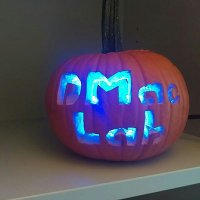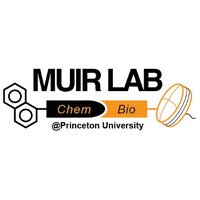
Gihoon Lee
@gihoonlee1
Chemical biologist, Postdoctoral fellow in the @Muirlab at @Princeton, Former Ph.D. student in the @rmoellering14 at @UChicago
ID: 1051965521950846976
15-10-2018 22:38:19
68 Tweet
88 Takipçi
168 Takip Edilen

Message from The University of Chicago to recently tenured faculty: Now that you are tenured you might feel the urge to keep doing what made you successful. Fight it. We want you to feel safe to fail. Fail often. Use your tenure to make a difference. Inspiring & beautiful. A true university.

Our latest work in the field of chemical biology: A novel method for photoproximity labeling! Congrats Jacob Geri, James, Tao, Stefan McCarver, and our Merck collaborators! Check it out now in Science Magazine science.sciencemag.org/content/367/64…

Thanks, Kavya Smitha Pillai! #BLM






Congrats to Antony and Gihoon Lee, and former MacMillan Group postdoc @CiaranSeath, and collaborators from the KleinerLab. A wonderful @PrincetonChemistry collaboration!





Check out our latest paper in Nature Chemical Biology, where we developed our CAGE split intein platform to study signaling events using proteomic profiling. This enables insights into the differential molecular connections of fusion oncogenes. Congrats to Gihoon Lee! nature.com/articles/s4158…




Many thanks to Tom and The Muir Lab for their invaluable support of this work! (5/5)

The final version of our protein transposition manuscript is now published in Science Magazine science.org/doi/10.1126/sc… We’ve added a few new things since our preprint /1

